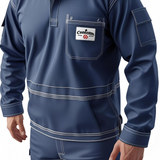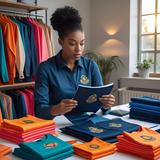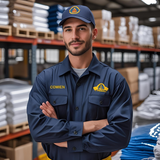Workwear information
Stay up to date with the latest workwear information on our blog. Discover the best tips, trends, and recommendations for all your workwear needs. From safety gear to office attire, we've got you covered with informative articles on choosing the right workwear for any job. Whether you're looking for durable construction clothing or stylish corporate uniforms, our blog has everything you need to know about workwear. Stay informed and make the right choices with our expert advice and insights on workwear information. Join us today to stay ahead in the world of workwear!
Explore Popular Articles
embroidery workwear what you need for your new image
Looking to enhance your professional image with stylish and personalized workwear? Our blog covers e...
Add workwear for your new business venture
Are you starting a new business venture and looking to make a professional impression? Adding busine...
Why a new uniform embroidered can make a difference
Discover why a new uniform embroidered with your logo or design can truly make a difference. Custom...
Stand out in the crowd wearing embroidered workwear uniform
Looking to make a statement and stand out in the crowd? Elevate your work attire with high quality u...
Need some new embroidered uniform for my work
If you're in the market for some new embroidered uniform for your workplace, look no further! Our bl...
Personalised workwear for any work place
Discover the latest trends in personalised workwear for any workplace on our blog. From sleek unifor...







